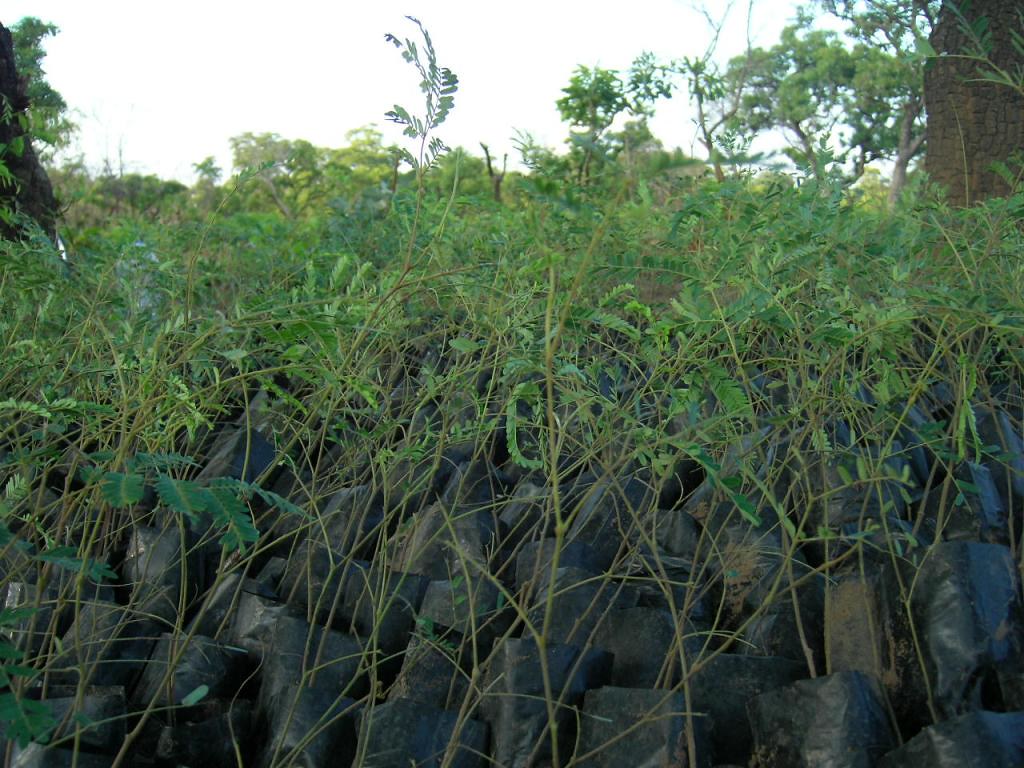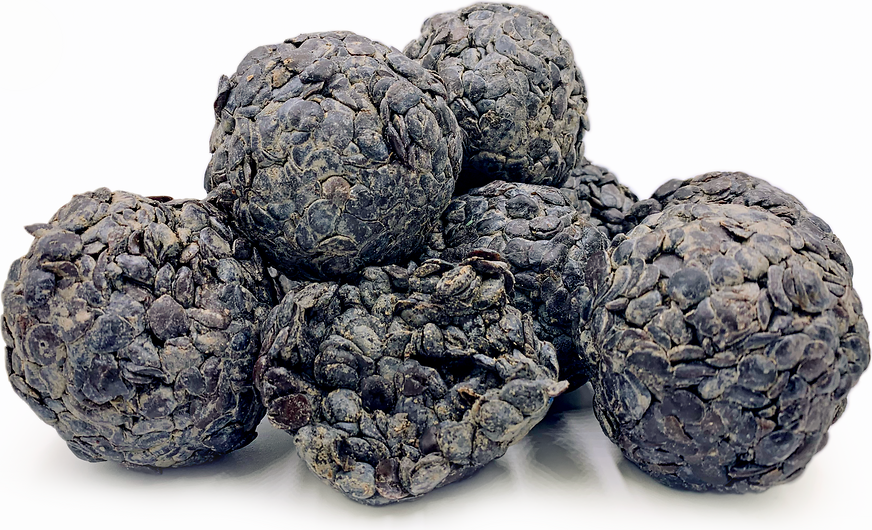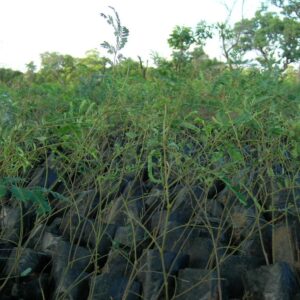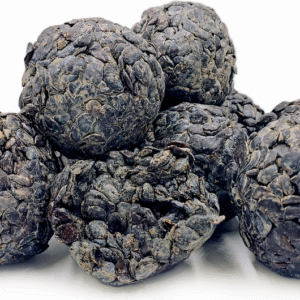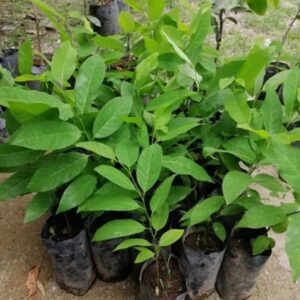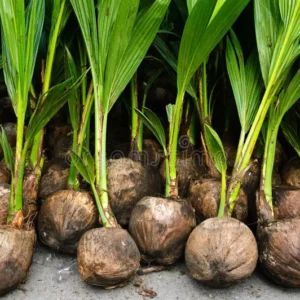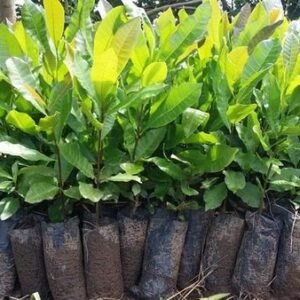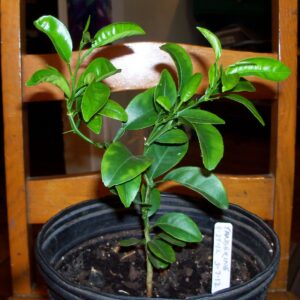🌳 Dawadawa Seedling (African Locust Bean – Parkia biglobosa) – Growing Guide & Benefits
Dawadawa, also known as the African locust bean tree, is a high-value indigenous tree prized for its edible seeds, medicinal bark, shade, and economic importance in West Africa. The fermented seeds produce the well-known “dawadawa” spice used in many traditional soups and stews.
✅ Key Features of Dawadawa Seedlings
| Feature | Description |
|---|---|
| 🌱 Tree Type | Deciduous, native tree |
| 📏 Mature Height | 7 – 20 meters |
| 🌞 Light Need | Full sun |
| 🧱 Soil | Tolerant of poor soils but prefers well-drained loam |
| 💧 Water Need | Moderate; drought-resistant once established |
| 🕰️ Fruiting Begins | 5 – 7 years (from seed) or faster with grafting |
🌱 How to Grow Dawadawa Seedlings
🔹 1. Propagation
-
Grown from seeds, which have hard coats
-
Soak seeds in hot water (not boiling) for 24 hours or scarify with sandpaper before planting to speed germination
🔹 2. Nursery Setup
-
Use polythene bags with loamy soil + compost
-
Germination takes 2–4 weeks
-
Seedlings grow slowly at first, so keep under shade for the first 2 months
🔹 3. Transplanting
-
Transplant when seedlings are 20–30 cm tall
-
Spacing: 8–10 meters apart on farms
-
Water regularly for the first 3 months after transplanting
🔹 4. Care and Maintenance
-
Mulch base to retain moisture
-
Prune lower branches as it grows
-
Protect young seedlings from grazing animals
🌰 Uses & Benefits of Dawadawa Tree
| Part | Benefit |
|---|---|
| 🌰 Seeds | Used to make dawadawa spice (fermented locust bean) |
| 🌳 Tree | Provides shade, improves soil fertility through nitrogen fixation |
| 🌿 Bark & Leaves | Used in traditional medicine for infections, fevers, etc. |
| 💼 Economic | Source of income for rural women through seed processing and sales |
Dawadawa is a slow-growing but long-living tree, and a great investment for agroforestry, reforestation, and sustainable income.

